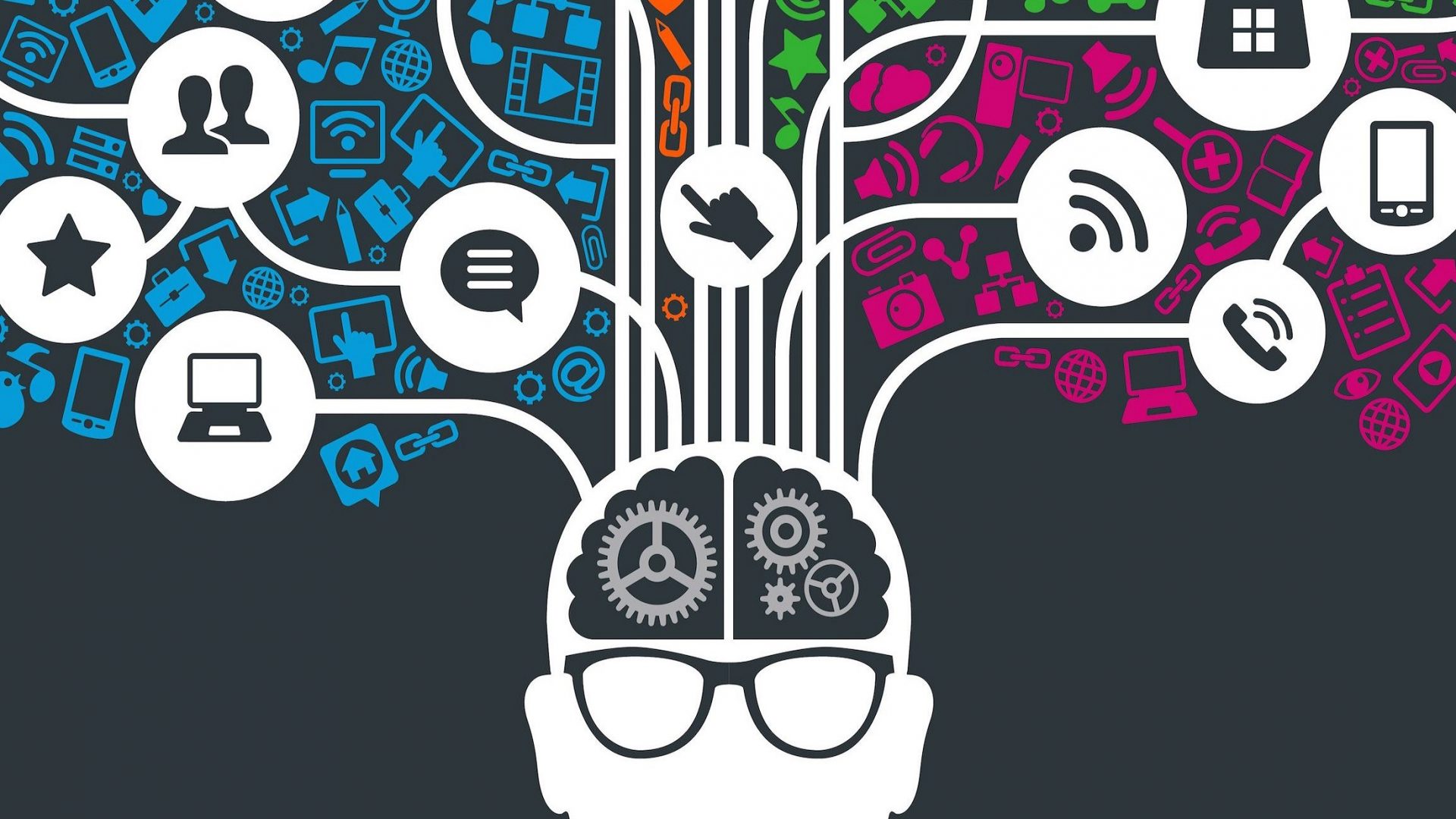Neuromarketing is a synthesis of marketing approaches with neuroscience that allows for a deeper understanding of how consumers perceive advertising messages on a subconscious level. This field is becoming increasingly popular in the world of advertising as it offers innovative methods of interaction with the audience.
Definition of Neuromarketing and its importance in advertising
Neuromarketing is the study of processes in the consumer’s brain during interaction with advertising materials. Using special equipment, such as fMRI or EEG, experts analyze how advertising affects the brain and what emotional reactions it causes.
The importance of Neuromarketing in advertising cannot be overestimated. Traditional marketing research methods, such as surveys or focus groups, are often based on consumers’ conscious responses, while Neuromarketing helps to uncover subconscious reactions that may be different from what people say.

Physiological basics: How the brain perceives advertising
Every advertising material we see or hear affects our brain. Some areas of the brain are responsible for logical processes, while others are responsible for emotions, intuition, and memories.
When we see a commercial that evokes strong emotions, it activates the amygdala, the part of the brain responsible for emotional perception. This can lead to the ad becoming more memorable.
On the other pole is the prefrontal cortex, which is responsible for rational thinking and decision-making. If an advertisement argues in favor of a product, this part of the brain becomes more active.
Understanding how different parts of the brain react to advertising messages allows us to create more effective advertising campaigns that can influence consumers at different levels of perception.
Psychological aspects of advertising influence
Advertising not only informs consumers about products and services, but also purposefully interacts with their feelings, beliefs, and values. The psychological impact of advertising is crucial in shaping consumer choice. Let’s consider several key aspects of this interaction.
Emotional resonance of advertising messages
Emotions are a powerful tool in advertising. Advertising messages that evoke strong emotional reactions usually remain in the consumer’s memory for a long time. It can be joy, laughter, sadness, nostalgia or any other emotion. The main task is to make the audience feel something in order to create an emotional connection with the brand or product.
Secrets of creating «sticky» advertising materials.
The so-called «sticky» advertising materials are advertising that «sticks» to the consumer’s mind. These materials usually contain a strong visual image, an unforgettable slogan, or a fascinating story. Additionally, an element of surprise or humor can increase the chances that the ad will be remembered.
Influence of cultural factors on the perception of advertising.
Culture and traditions play an important role in how people perceive advertising messages. What is attractive and effective in one culture may not work in another. When creating advertising campaigns for different markets or demographics, it is important to understand the cultural characteristics of the target audience, their values, beliefs and attitudes to make the advertising effective.
To succeed in the modern world of advertising, it is important for brands and companies to understand the psychological mechanisms that motivate consumers. Only then will advertising be not only informative but also effective.
Examples of Neuromarketing use in advertising campaigns
In the modern world of advertising, the use of neuromarketing is becoming more and more common, helping companies to interact more effectively with their target audience. Analyzing the brain’s reaction to advertising messages allows us to understand which elements of advertising are the most effective and how they affect the consumer.
Cases of successful use of Neuromarketing
- Coca-Cola used neuromarketing to optimize its advertising campaign, focusing on how people react to the sounds of opening the bottle and the taste of the drink. The results helped them create a more emotional and brand-connected ad.
- Frito-Lay used neuromarketing to study consumer reactions to their snacks. They found that the sound produced by chewing causes positive emotional reactions in consumers, which they used in their advertising campaigns.
![]()
How failures can be useful for analysis.
Every failure in Neuromarketing is a learning opportunity. For example:
- An ad that did not elicit the expected response can indicate which elements of the ad are less effective or even reject consumers. This is important for adjusting future advertising strategies.
- Studying negative emotional reactions helps to understand what aspects of advertising can be misunderstood or may offend the audience, which can be avoided in the future.
So, Neuromarketing is not only about successes, but also about understanding and learning from failures to create even more effective advertising strategies.
The Future of Neuromarketing in Advertising
Neuromarketing continues to evolve, adapting to new technological trends and changes in the world of advertising. With the growth of digital platforms and the evolution of consumer habits, the importance of a deep understanding of consumer psychology has never been higher.
Technological innovations that are shaping the industry.
- Virtual reality (VR) and augmented reality (AR): These technologies allow marketers to create more immersive advertising campaigns, as well as collect data on how consumers interact with ads in this new environment.
- Machine learning and artificial intelligence: Allows analyzing large amounts of data from Neuromarketing research to make more accurate predictions about consumer behavior.
- Biometric sensors: Developments in biometrics, such as heart rate and inhibitory response monitoring, can give marketers even more insight into consumers’ emotional responses to advertising materials.
How the role of Neuromarketing is changing in the context of digital marketing
In the era of digitalization, when every click, view, and interaction can be tracked, neuromarketing takes on a new meaning. Previously, the focus was on how consumers would react to an ad, but now it is on how they interact with it in the digital space. This creates opportunities for in-depth analysis of consumer behavior, as well as for creating personalized advertising campaigns that would meet the actual needs and desires of consumers.
Neuromarketing is becoming a key tool for understanding how people perceive and interact with brands in the digital age.


